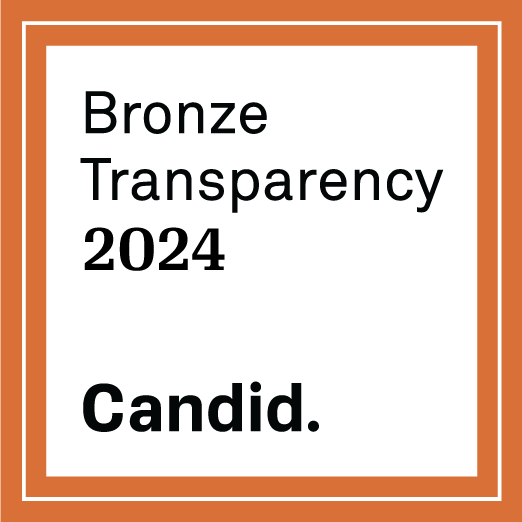That the contemporary art of home appraisal reinforces racism makes sense given the history of the profession. In addition to lobbying to license realtors, the NAREB also licensed appraisers in the early twentieth century in order to give the job a clearer sense of professional standards. “Official appraisements by this Board, issued under the Board seal, are the safest and most authoritative to be had,” the Real Estate Board of New York wrote in 1907. During the 1920s, researchers working with the NAREB worked to turn appraisal into a science, operating in a research division that spun off the NAREB to create today’s Appraisal Institute in 1936. With no adequate proof, those realtors and appraisers promoted the unscientific theory that race directly corresponded to property values in textbooks, classrooms, and professional practice, thus lending “objective” support to the ideas of racial zoning, racial steering, racially restrictive covenants, and redlining.

